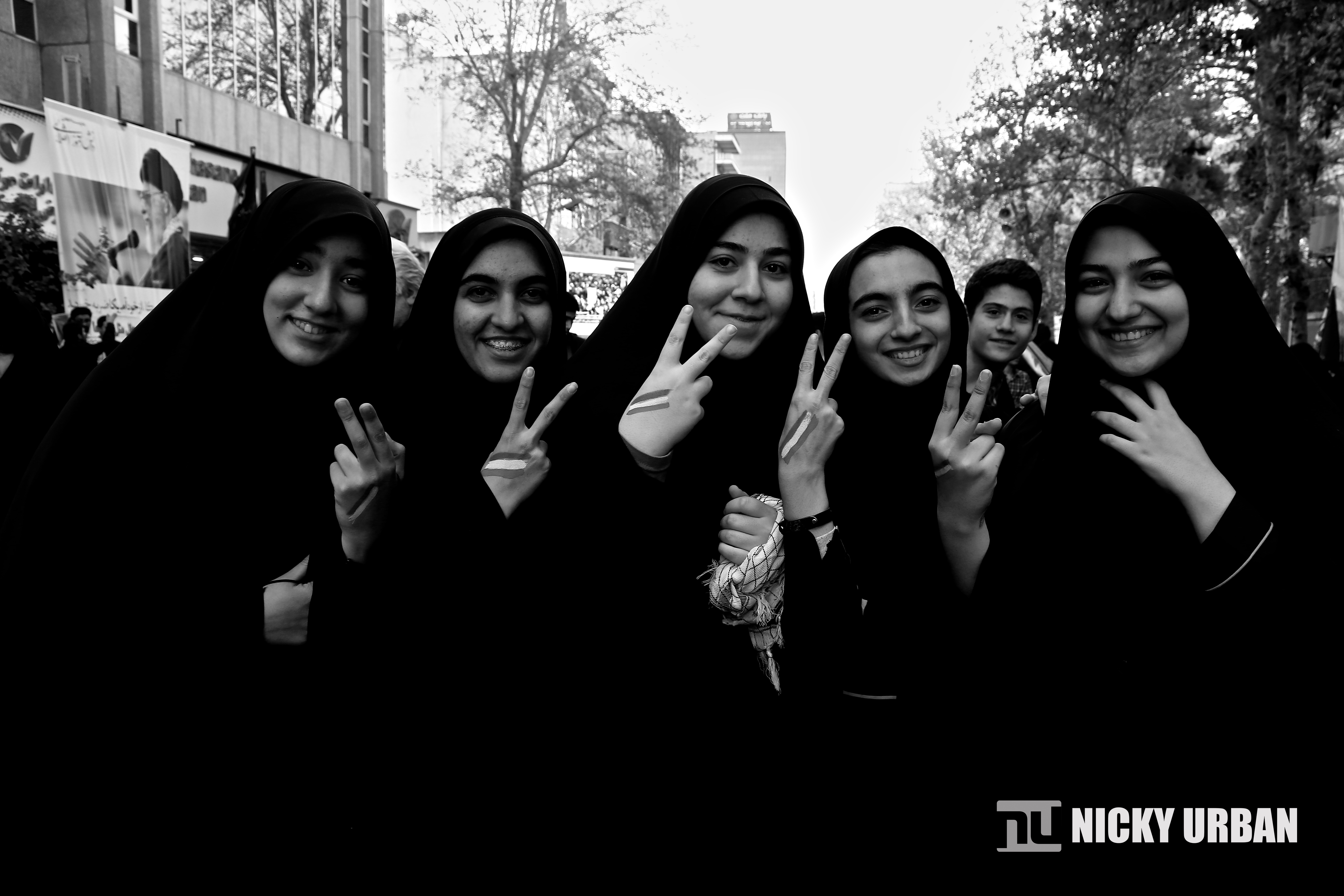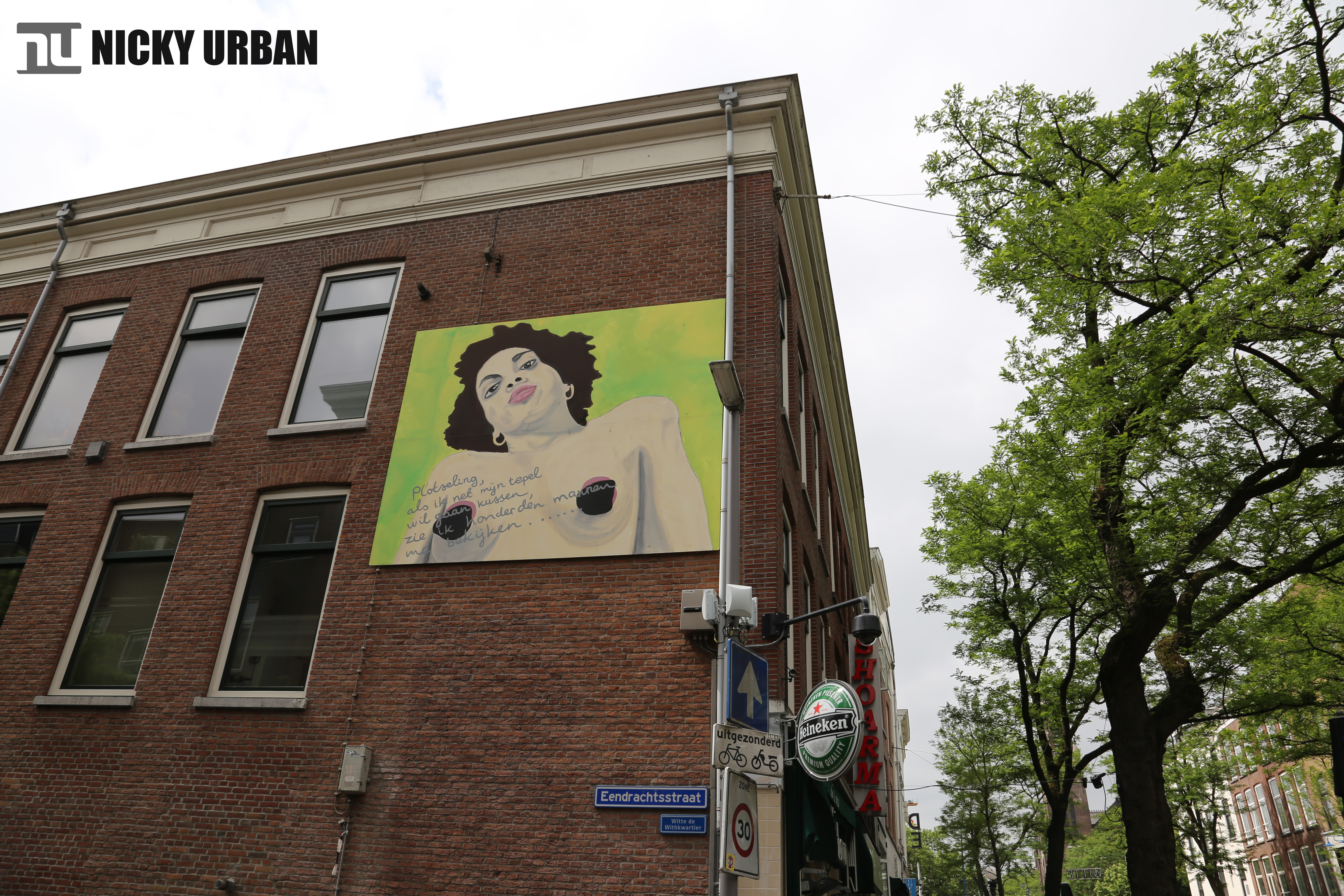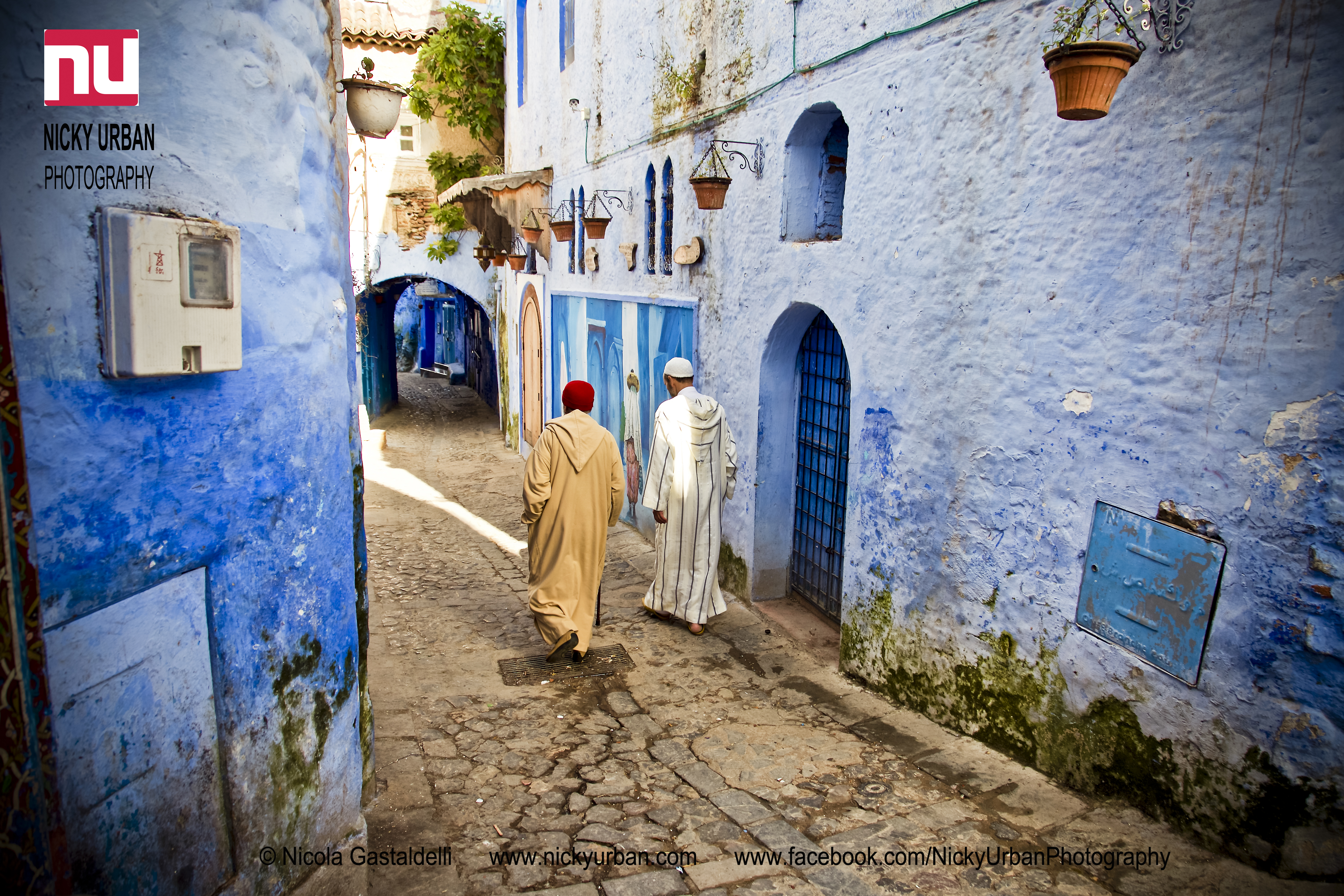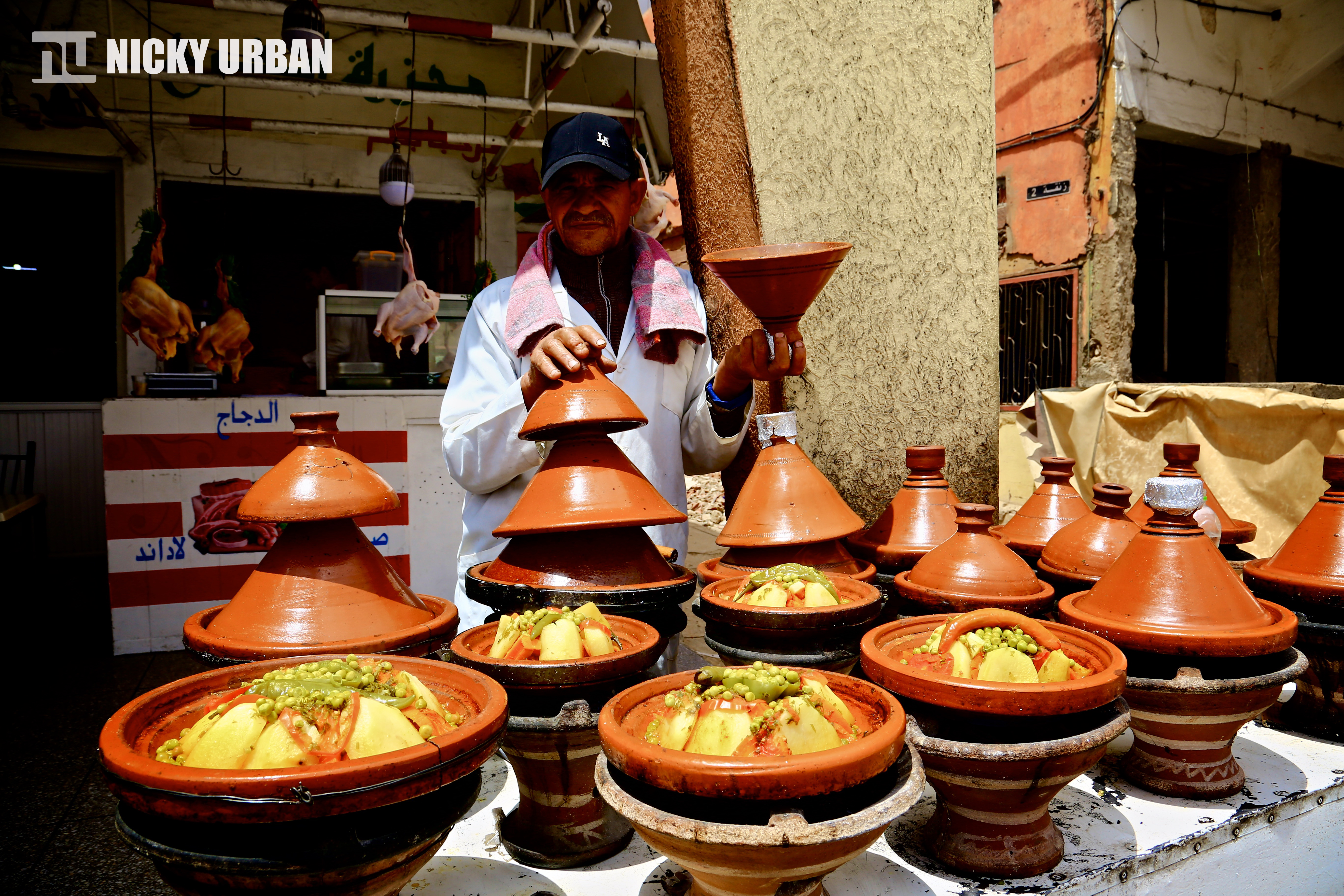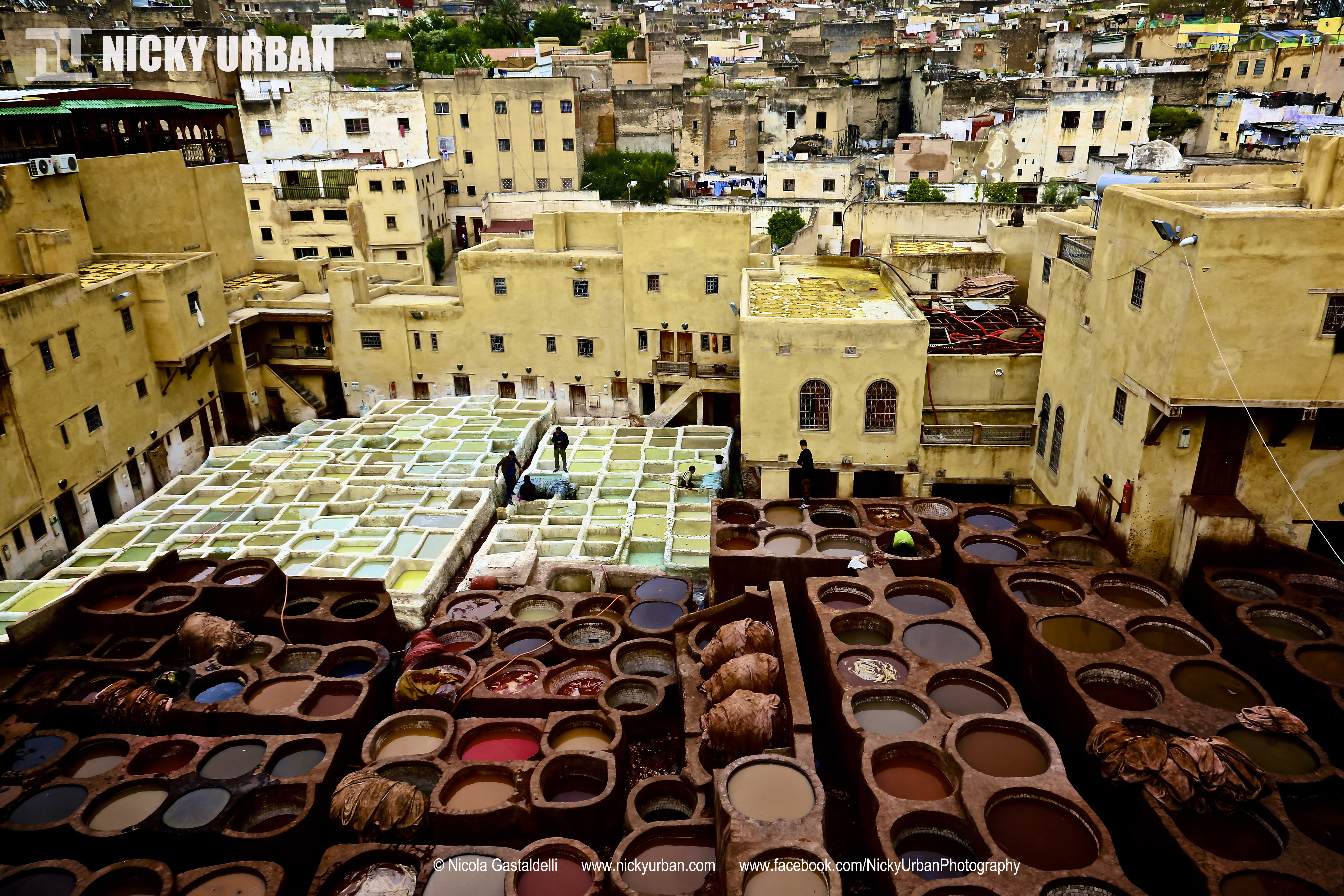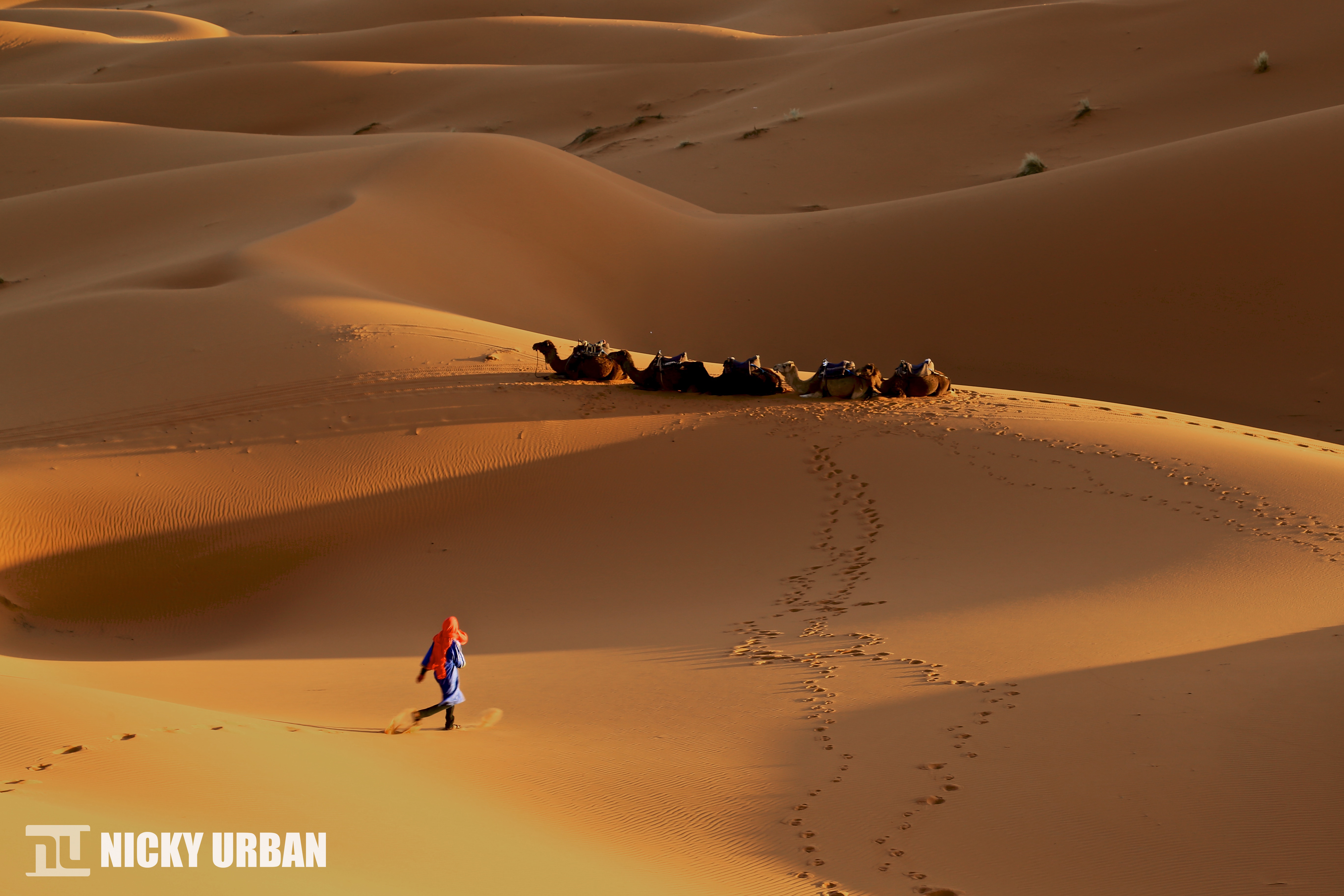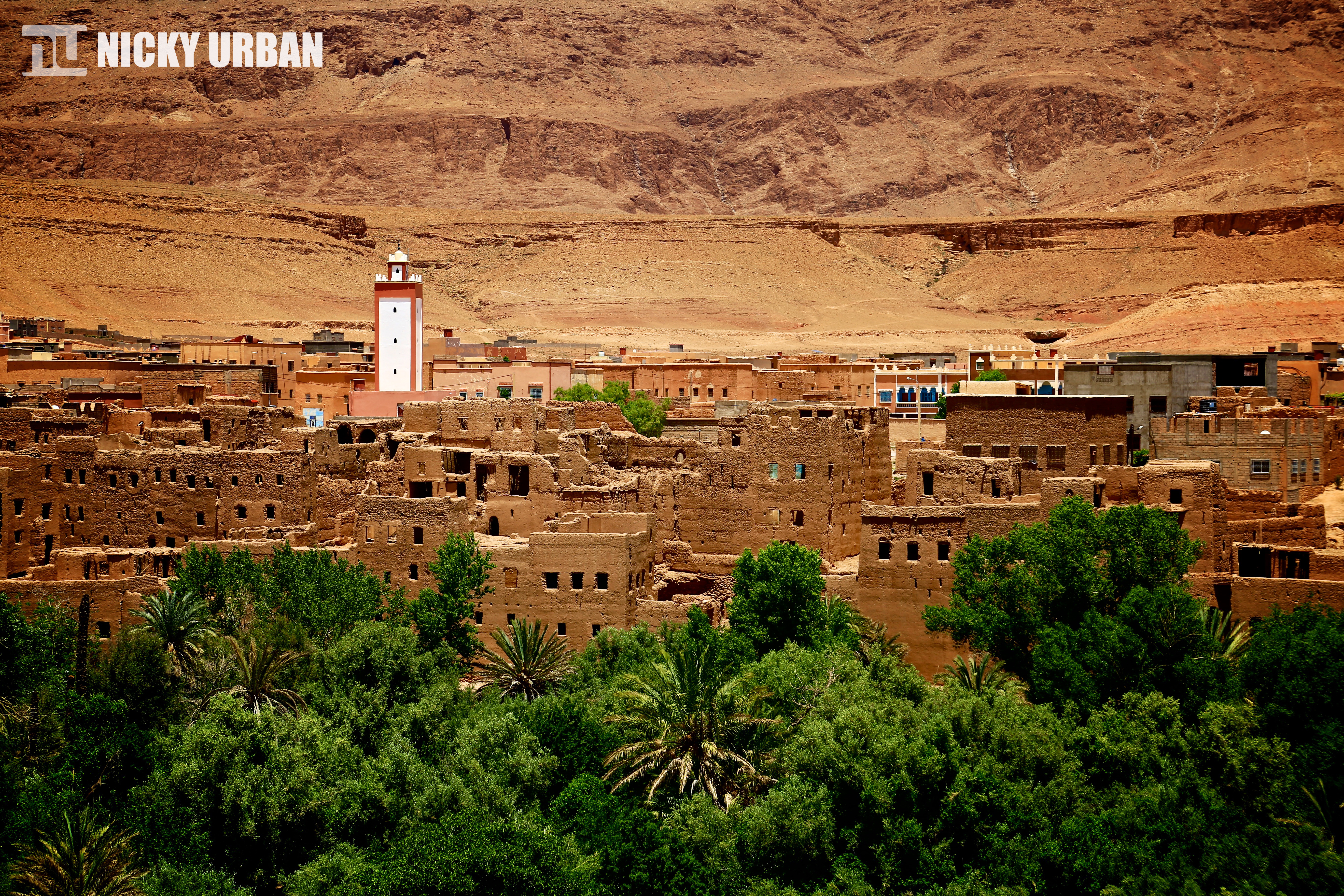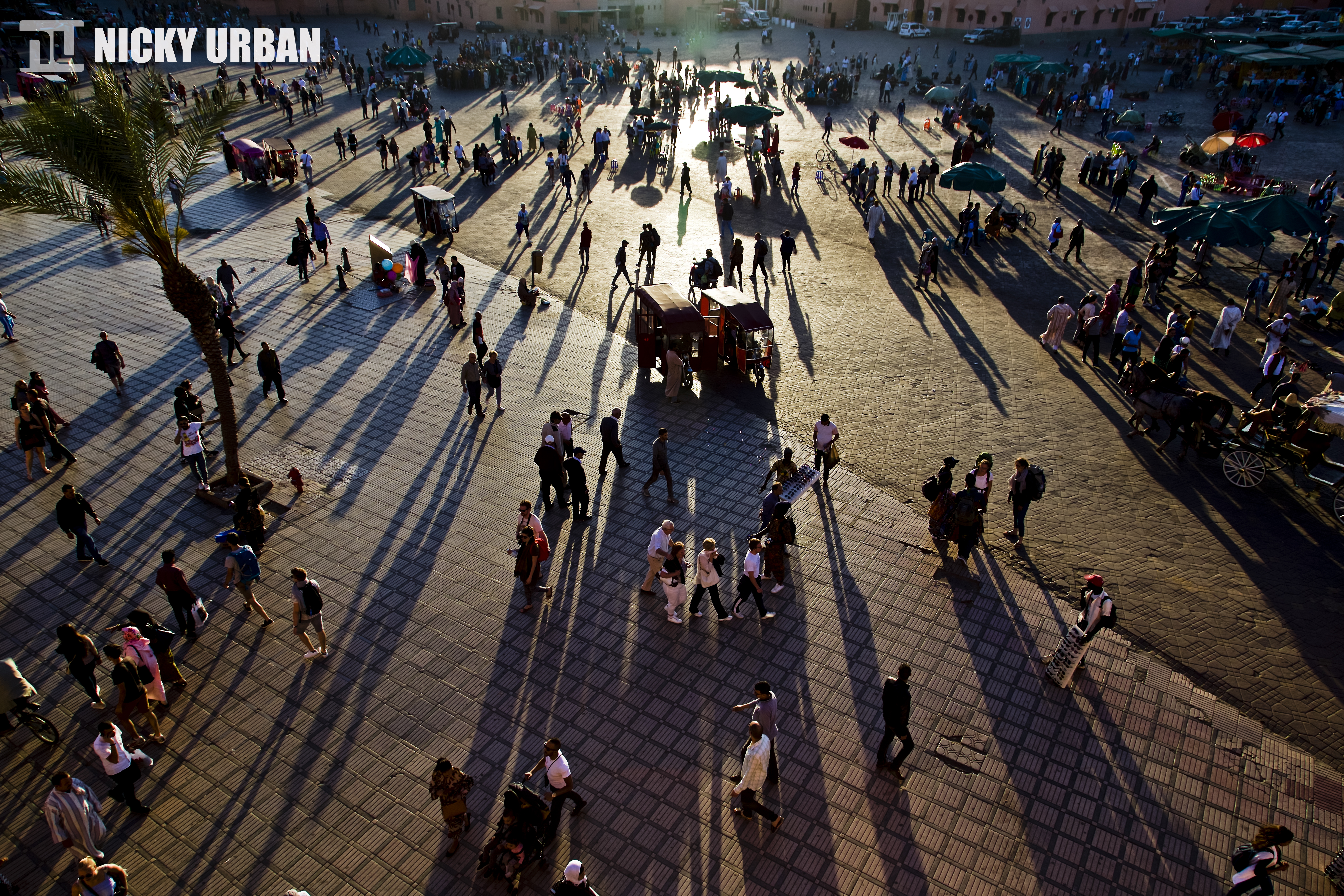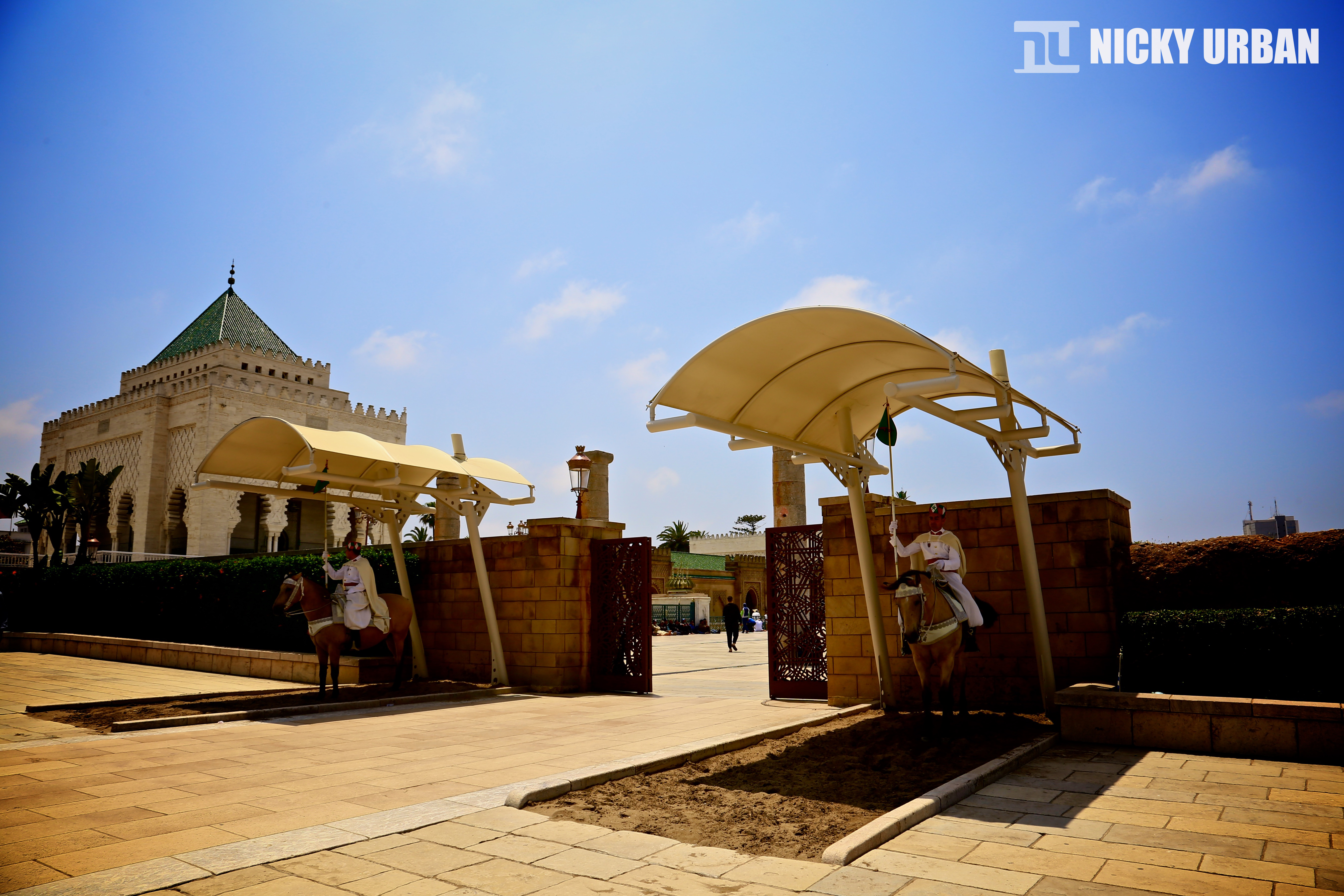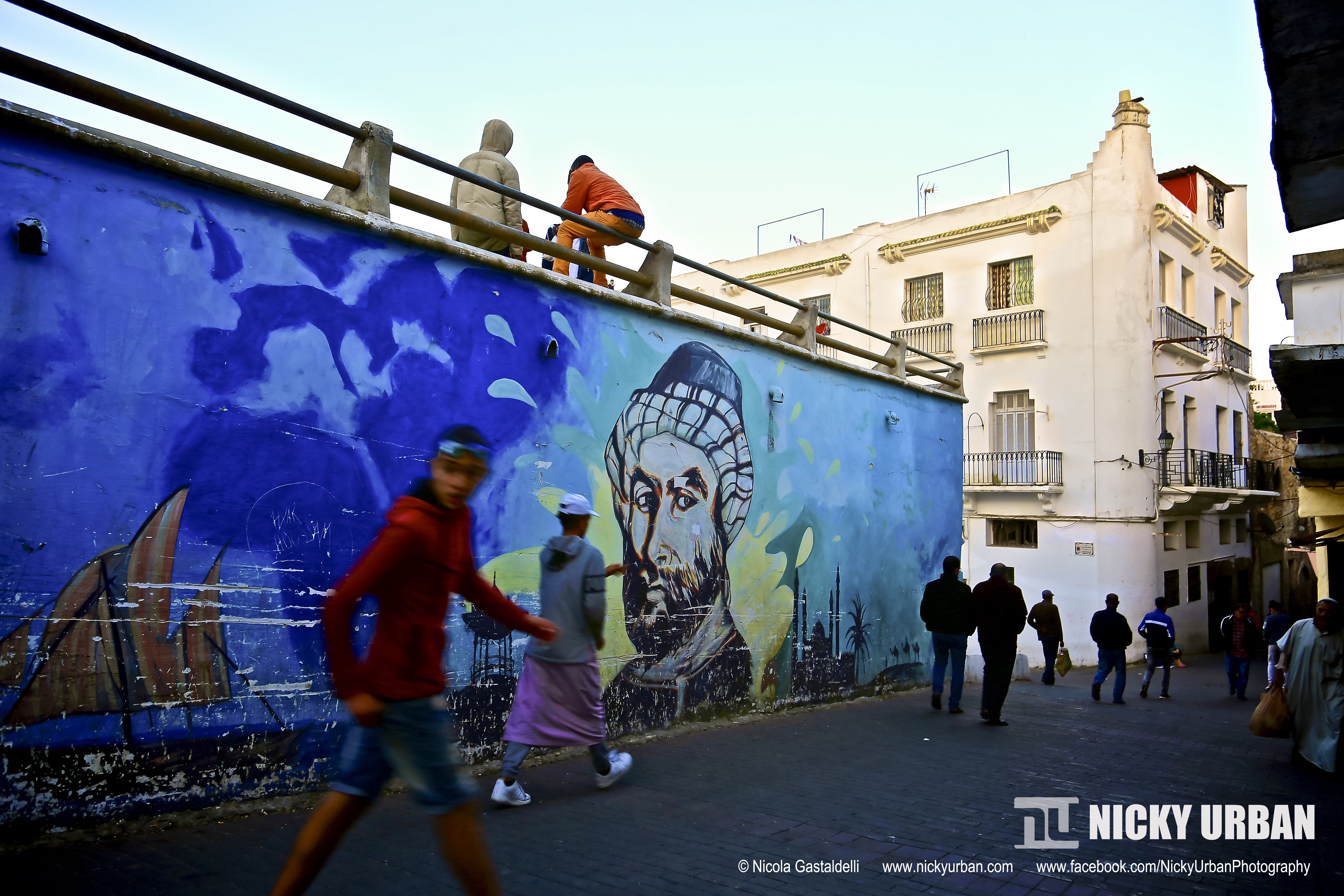“Oh Jerusalem, the city of sorrow
Nizar Qabbani
A big tear wandering in the eye
Who will halt the aggression?
On you, the pearl of religions?
Who will wash your bloody walls?
Who will safeguard the Bible?
Who will rescue the Quran?
Who will save Christ,
From those who have killed Christ?
Who will save man?”
The feeling I had when arriving in Israel was one of curiosity. Knowing that this was the Holy Land and the birthplace of Jesus (In Islam: Prophet Isa) was something I felt blessed to be able to witness. However, I was also interested to know what was happening on this side of the world. To me, believing is seeing.
Our journey began and ended at Eilat. Immediately after we got our rental car, we drove to Dead Sea, which is located at the southern tip of Israel. The drive took us about four hours as we took the scenic route through the Negev desert.
Dead Sea
We woke up early for sunrise at Masada National Park. The queue already forming when we got there. The quickest and easiest way to the top is by cable car but we opted for hiking via the Snake trail to watch the sunrise. It took us 90 minutes before we reached the top.
The Snake Trail is a combination of hard dirt, some loose rocks and stone steps. It is a constant climb to the top, about 980 feet in elevation. It is strenuous, especially in the heat of midday, but to watch the views over the Dead Sea unfold as we steadily climb higher is rewarding. Phenomenal.



Masada is a Unesco World Heritage Sites. When I did my research, almost all the historical stories about Masada comes from the first-century Jewish Roman historian, Josephus. But there was also contradicting evidence from the Archaeology. Whatever it is, this ancient fortress Masada is worth visiting.
Ein Bokek is located right next to the hotel strip of the Dead Sea, and not far from the hotels’ shopping center and the Ein Tchelet Mall. We were impressed with the cleanliness of the beach. Floating on the salty water of the Dead Sea is a must do activity. Beautiful blue waters with salt build up at the shore are contrasted with the red earth and mountains.

On the way to Jerusalem, we stopped at The Ein Gedi Spa. You can’t visit Israel and not take a dip in the Dead Sea. Known throughout the world because of its high salt content, which allows visitors to float effortlessly, and for the therapeutic mud which forms at the edges of the water.
The mineral baths and the solarium offer a fine and relaxing retreat from the turmoil of everyday life. It offers a chance, together with the Dead Sea mud, to renew oneself. There is a shuttle bus to the sea, heated pool, a swimming pool, restaurants and stores selling Dead Sea products.
JERUSALEM
Jerusalem is one of the oldest cities in the world. It is a holy city to the three most important monotheistic religions; Jews, Christians, and Muslims. It is home to the Western Wall, the Church of the Holy Sepulchre, and two important mosques: Al Aqsa and The Dome of the Rock.
Streets of Jerusalem
We enjoyed wandering the streets of Jerusalem. There is no place in the world that could make you feel at peace and to live such a different experience in places with so much history in almost every corner. There are four quarters in old Jerusalem, Jewish, Muslim, Armenian and Christian. Each offered something different and they seem to blend extremely well given their differences. We let ourselves get lost in it, exploring the old, winding streets, wandered into the many stores, smell the fragrances, eating the beautiful food and snacks, drinking the most flavourful chai tea, and let the history seep into us.
Al Aqsa Mosque (Masjid Al Aqsa)
“Recite the Al Fatihah (verses of Holy Qur’an),” the Palestinian Guard said. One can enter the The Dome of the Rock and Al-Aqsa mosque only if they pass this elusive test among others, to prove one “Muslimness.” Non-Muslims cannot enter the mosque or the Dome but can wander around the Temple Mount site outside the buildings.

The inside of the Al Aqsa mosque was breath taking and serene. Al Aqsa is the third holiest site in Islam after Mecca and Medinah. I took my time in absorbing every detail that caught my attention. Beautiful recitation of the Holy Qur’an inside, and I get to meet the people of Al Quds and Palestine who were very warm and friendly. Watch the Video
The Dome of the Rock (Qubbat al-Sakhra)
The Dome of the Rock is something one has to witness himself or herself. Words cannot do it justice. This octagonal mosque structure with significant gold-coated dome is a breathtakingly landmark for Jerusalem. The interior artwork, motives, patterns and decorations are amazing, and it’s history even more so. Muslim believes this is where Prophet Muhammad (Peace Be Upon Him) ascended into heaven, where he met the earlier prophets, and eventually God (Isra and Mi’raj).

I walked downstairs to a quiet space where the famous rock is located and just sit, taking in the momentous occasion. After several moments of praying for families and friends, and paying homage to this holy place, I continued my stroll outside the compound.

“The Dome of the Rock is a building of extraordinary beauty, solidity, elegance, and singularity of shape… Both outside and inside, the decoration is so magnificent and the workmanship so surpassing as to defy description. The greater part is covered with gold so that the eyes of one who gazes on its beauties are dazzled by its brilliance, now glowing like a mass of light, now flashing like lightning.”
Ibn Battuta (14th century travel writer)
Western Wall
The Western “Wailing” Wall, otherwise known as HaKotel in Hebrew, is one of the absolute must-sees on any visit to Jerusalem. The raw, emotional power of this huge wall (the only remnants of the famed Second Temple), blow my socks off, regardless of my own religious persuasion. Thousands of people journey to the wall every year to visit and recite prayers. Visitors to the wall have long followed the practice of wedging small slips of paper, upon which prayers and petitions are written, into the cracks between the stones.
The Church of the Holy Sepulchre
The Church of the Holy Sepulchre is a church in the Christian Quarter. The heartbeat of Christianity within Jerusalem can be found at this church. It contains two holiest sites of Christianity, the site where Jesus is believed to be crucified and his empty tomb where he had been buried. Watching other people reaction and worshipping is spiritually enlightening. Watch the Video
Mount of Olives
Located on the eastern side of Jerusalem, the Mount of Olives is the place to come for spectacular sunset views across Jerusalem and especially vistas of the Old City of Jerusalem. We walked up the hill and enjoyed the scenic view from above.

Historically, the Mount of Olives was a site of great importance and considered the center of Jerusalem. The site is a location of holy pilgrimage for both Jews and Christians, with over 150,000 graves and a number of important Christian churches located on this amazing mountain ridge.
Bethlehem
We travelled to Bethlehem from the bus station across Damascus Gate in Jerusalem. There are plenty of taxis at the checkpoint but we have hired Abod, a Palestinian, who guided us. Bethlehem is part of the West Bank that forms the bulk of the Palestinian territories, the remainder of which is comprised of the Gaza Strip. Abod brought us to see real life Banksy’s famous works, the Flower Thrower and the Girl frisking the Soldier.




We then made our way to Manger Square where the Church of the Nativity stands. Abod spoke to the guard and we managed to escape the very long queue of pilgrims. The Church is one of the oldest churches in the world and was built above the cave where, according to the Bible, Jesus (Prophet Isa) was born. The church, a UNESCO World Heritage Site, is ornate and beautiful.
We descended the narrow flight of stairs into the crowded Grotto of the Nativity under the Orthodox side of the Church, after waiting our turn among the throngs of tourists. I am always overwhelmed by the significance of the major historical religious sites regardless of which religion they relate to and the birthplace of Jesus was no exception. It was an incredible moment to touch the star and the atmosphere in the Grotto was electric.


Our next stop is the Separation Wall that blew our minds. The tall concrete wall, lined with watchtowers, cameras and barbed wire, was a shock. It highlights the severity of the political situation and the reality of those who live under its shadow. The wall is covered with graffitis and messages, many of which are dedicated to the political situation between Israel and Palestine. We could spend hours checking out the walls if not for Abod. If we ever visit again, we would not take a guide so as to be free to explore on our own.
Aida Refugee Camp which hosts refugees from demolished villages. The entrance to the camp is marked with a right to return key, which signifies that the refugees have a right to return, and a right to the property that they left behind. To both of us who have the freedom to travel all over the world, it was difficult to comprehend life within the borders of Palestine. The constant tensions, frequent clashes and the realisation that many of the children have only known life within such a confined area is exceedingly difficult to comprehend.



Bethlehem is surrounded by so many Israeli settlements, which are visible from various vantage points throughout the city. The settlements are populated with Israeli civilians and are considered illegal in the international community. Watch the Video
Eilat
Eilat is located in the south of the Negev desert, on the top of the Gulf of Aqaba and has a border with both Egypt and Jordan. Eilat is a compact city with most activities centered along King Solomon Promenade. Being in such close proximity to the Dead Sea, the city is home to a range of unique items, from mudpacks to salt scrub.

OUR VIEWS
Before traveling to Israel, I was very apprehensive due to the situation of the country; the occupation, civil unrest and all the negativities in media. But once I got there, I was fortunate to not witness any aggression, and I felt very safe.
Israel is not a cheap country to visit but it is very special because of the unique landscape, the history of religion, the world-renowned and Unesco world Heritage Sites, and the wonderful weather. Very small, yet very diverse. This is a place we would want to visit again. And we wish nothing but peace and love in Jerusalem.
They say
If we love God most
We will love others best
But why oh why
Jerusalem oh Jerusalem
Intan
Tips & Suggestions:
- Dress appropriately
- Be prepared to be strictly interviewed at the Airport
- Currency
- The currency in Israel is the New Israeli Shekel (NIS). ATMs are readily accessible in all major cities and most places accept foreign cards.
- During our trip, the rate was: 100 shekel = €25 / SGD38
- Business Hours
- Weekend falls on Friday and Saturday
- Most restaurants, shops and public transport close on Friday afternoons and reopen late on Saturday (Shabbat)
- Transportation
- We chose to hire a car for our trip.
- Do not miss Eilat shuttle (Bus), which costs USD8 per person. As we missed the shuttle, we took a taxi to Eilat which cost €50
- Eilat shuttle offers a cheap and easy bus between Eilat city, hotels and Ovda Airport.
- General etiquette and conduct
- Being sensitive to cultural traditions and political tensions
- Regarding photography, getting a camera out is generally not an issue in most places frequented by tourists, but be considerate and ask for permission.
- Off-limits for photographers are military sites and border police at checkpoints.




















































































